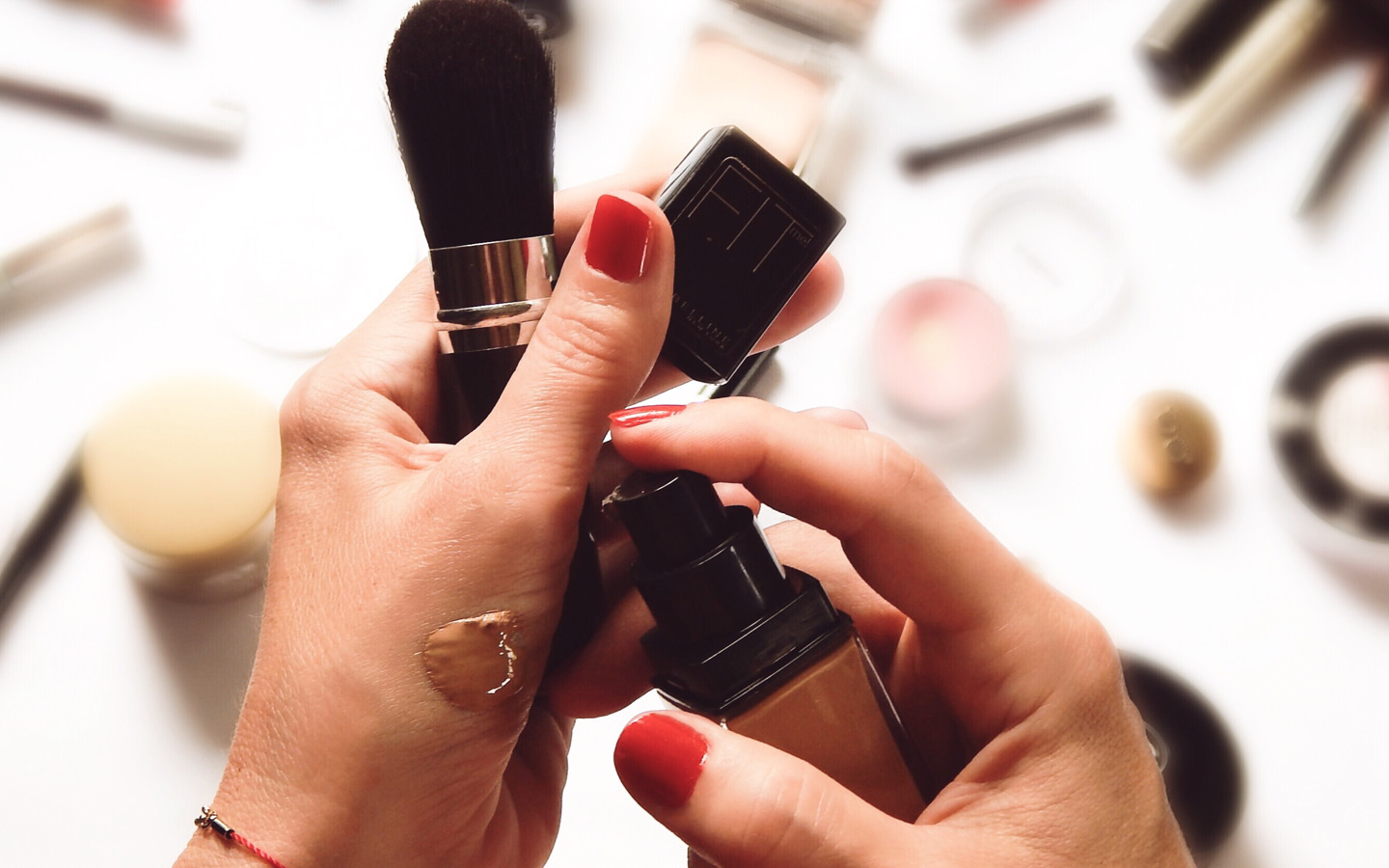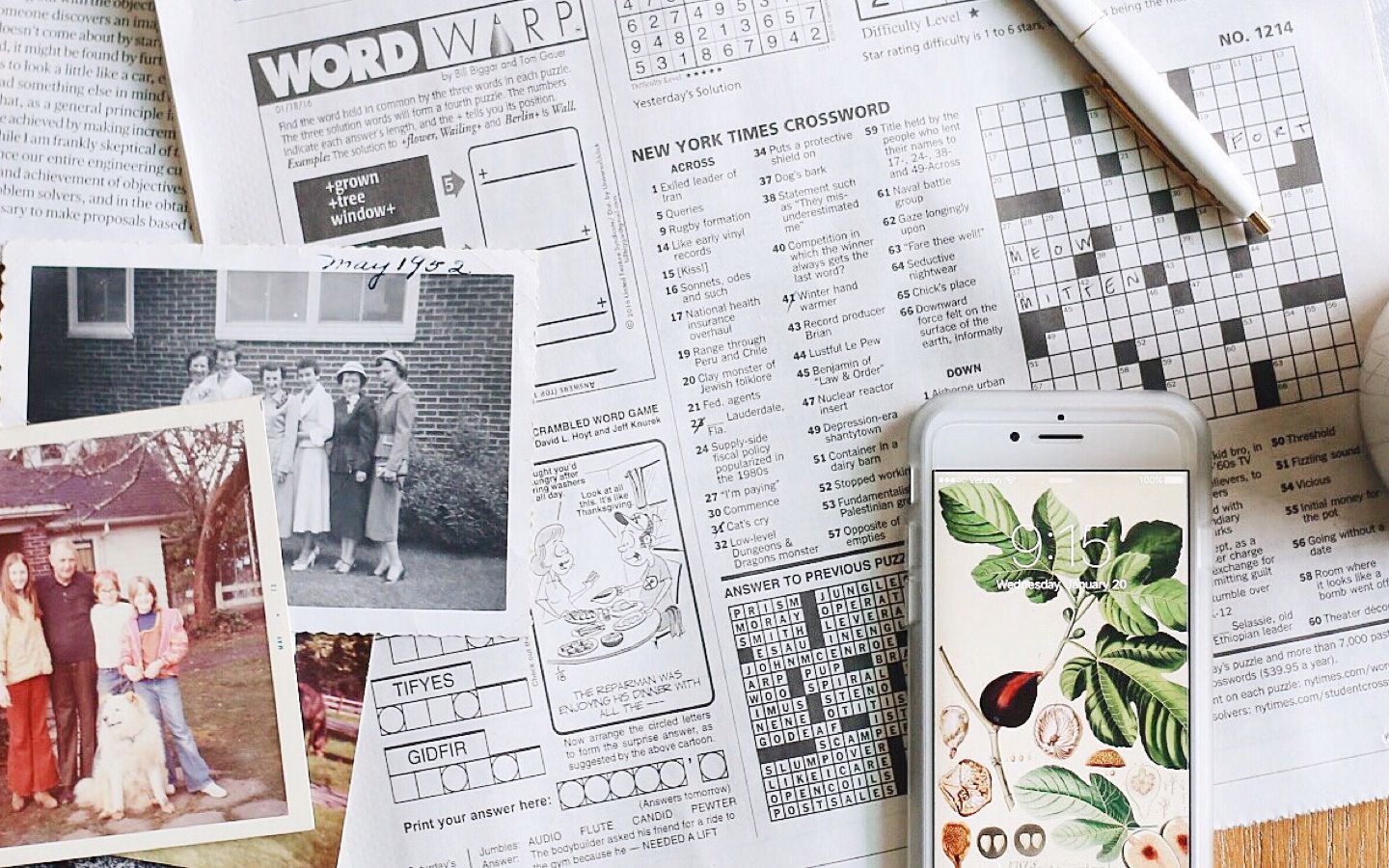A new year is here, and with it, lots of new year’s resolutions to live more healthfully. For many, that means hitting the gym, replacing holiday cookies with a rainbow of fresh produce, finally starting that meditation practice, and — the big one —decluttering.
Thanks to Marie Kondo and her book, The Life-Changing Magic of Tidying Up, we’ve all become acutely aware of just how much stuff we have, and over the past several years, more and more people have added “tidying up” to their list of new year to-dos. It makes sense, January is the perfect month to tackle a big home organization project — the weather is cold, it’s the start of a new year, and we’re feeling a surge of motivation that might peter out once spring and summer arrive (hello, beach days).
Now is the time… but many don’t know where to start. The pantry? The closet? While a top-to-bottom home organizational project is admirable, if you’re having trouble knowing where to start, the five areas below will give you the most bang for your organizational buck, helping you reduce clutter in your home and live more sustainably, too.

#1 — Old Makeup and Beauty Products
Believe it or not, makeup does have an expiration date, and it’s not just when the bottle is empty. Old beauty products, especially those that have come into contact with our hands, can be breeding grounds for bacteria and viruses, which could lead to breakouts, infections, and unpleasant reactions (like contact dermatitis). Expired product also tends to fade and lose consistency, making it difficult to use and not-so-pretty looking. As a general rule, foundation, powder, concealer, and creams should be tossed after 12 months, lipstick should be replaced every 1.5 years, mascara every three months, and eyeshadow and liner every 12 months. Check bottles for actual expiration dates, especially all-natural or organic makeup and skincare items, as those products could expire more quickly.
The same rule applies to body oils and natural oils, like almond oil and sesame oil. Oils should be kept in a cool place, away from direct sunlight and ideally in a dark glass bottle. Smell each oil to ensure it hasn’t gone rancid (you’ll be able to tell), and toss the ones that are past their prime. Remember to recycle! Only about 40% of Americans actually recycle containers coming from the bathroom, simply because they don’t have a recycle bin handy. Now is a great time to add a small bin to your vanity to catch recyclable containers.
While it can be hard to say goodbye to your favorite shade of lipstick, clearing out your beauty cabinet is the perfect opportunity to switch to all-natural products, like those from Pacifica and Mineral Fusion.

#2 — Expired Medications and Vitamins
For one reason or another, most of us have a few old bottles of unfinished medication lying around, along with over the counter products and vials of unused vitamins. Like makeup, all of these products come with expiration dates, and luckily those expiration dates are easy to find.
Many people keep old, expired medication around simply because they don’t know how to properly dispose of it. Is it flushable? Should it be tossed in the garbage? What about the container with my personal information? Improper disposal of medications can cause harmful chemicals to leach into our soil and waterways. The EPA has a whole page dedicated to proper disposal of medicines, including info on prescription drug take-back days. Once you’ve properly disposed of their contents, be sure to marker out any personal information on the bottles before placing them in the recycling.

#3 — Extra Plastic
When you start to really pay attention to the amount of plastic we interact with in our day to day lives, from picking up a bottle of water at the convenience store to packing a bag lunch for work, it becomes abundantly clear: we have a problem. But how do we live without it? Plastic is all around us, but what may feel like a necessity and something we can’t live without, is actually an environmental nightmare worth putting the time and effort in to stop using.
Case in point? Plastic sandwich bags and wrappers. According to the EPA blog, over 1 trillion plastic bags are produced annually, and with only about 5% of the world’s plastic making it to the recycle stage – that’s a lot of leftover plastic to end up in landfills, oceans, and our drinking water. Want to do something about it? The best place to start is at home, by taking a close, hard look at your own plastic consumption and replacing your plastic necessities with reusable, environmentally-friendly options.
Reusable containers, water bottles, and bags help keep plastic from clogging up landfills and the ocean, and in turn lowers your exposure to BPA, a potentially harmful chemical used to make plastic. Thanks to environmentally-friendly and super easy to use options, like reusable sandwich and snack bags from Stasher and (re)zip; nylon produce bags, like those from Chico Bag; and reusable wraps, like Bees Wrap, those one-and-done disposables deserve to be a thing of the past.

#4 — Emotional Clutter
Emotional clutter can mean a lot of different things to a lot of different people. It could be the box of unorganized family photos hiding beneath the bed, or your child’s baby clothes you just can’t bear to part with. It could even mean that stack of unopened bills on the counter staring you down.
Emotional clutter is often one of the most difficult categories in our home to tackle, simply because we’re often emotionally attached, sentimental, or — in the case of the bills — avoiding the inevitable. To tackle emotional clutter, it helps to remove the other clutter first.
Cut down on paper bills (and the emotions that come with them) by signing up for auto-pay or an e-billing service. Stop junk mail and credit card offers in their tracks by opting out online (EcoCycle has a handy guide for removing your name from lists and mailers). And get real with yourself and finally recycle the stack of magazines cluttering up your living room (are you really ever going to refer back to them?). Once you’ve recycled all the extra stuff, the emotional clutter can be tackled. Grab photo boxes for all those family photos, donate baby clothes to an organization that helps women and children, and put useful sentimental items to use rather than allowing them to collect dust on your shelf.
#5 — Clothes that Don’t Fit or“Fit”
If you’re vowing to cut down on clutter and live with less in 2018, your closet is a great place to start. Comb through your wardrobe and be brutally honest with yourself in the process: Will you really ever wear that trend piece you bought last January with the tags still on it? Does it make you feel bad/guilty everytime you look at it? Donate! Here is where Marie Kondo’s technique comes in especially handy. Go through everything. Try everything on. Donate or consign anything that’s in good condition that doesn’t make you feel great, fit your style, and/or doesn’t fit properly (here’s where the brutally honest part comes in: Will you ever take those pants to the tailor?). Starting out 2018 with a streamlined closet and clear idea of what you already have will help you be a more conscious consumer in the year to come.
Your unwanted items could even do a world of good for someone in need: Bring professional clothes in good condition to Dress For Success, which provides development services and professional suiting for women in the workforce; old prom and formal dresses can often be donated locally or to organizations like Becca’s Closet, which provides prom-ready formal wear to high schoolers who can’t afford it; and old, clean towels and blankets can be brought to your local no-kill animal shelter to provide a homeless animal a cozy place to rest while they await their forever home.
What are you tossing to live more healthfully in 2018? Please share by tagging us with @AvocadoMattress or #AvocadoGreenMagazine

Shop Pillows
The Essential Organic Pillow Collection
Gentle, breathable, non-toxic support.






